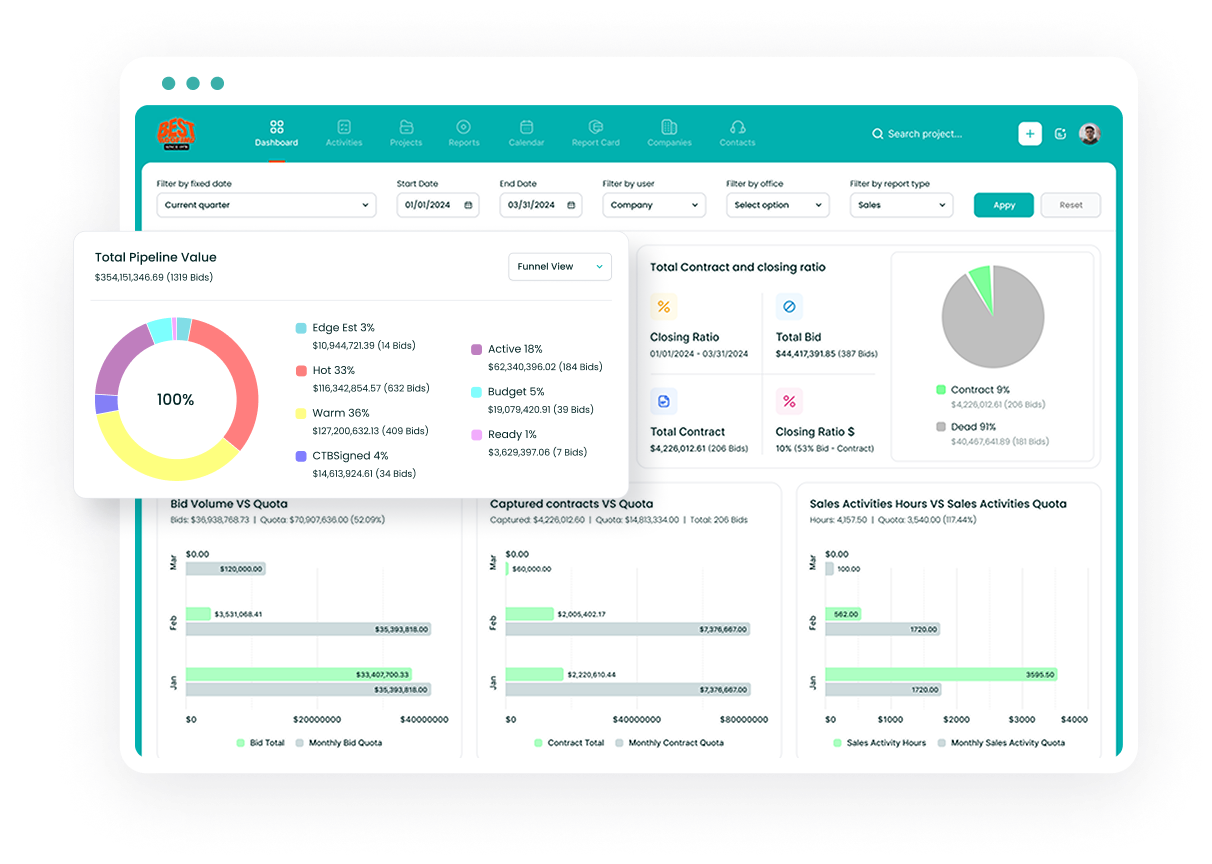Initial Setup and Verification
Before beginning the reconciliation process, several crucial preparatory steps must be completed:
- Verify that your General Ledger Daily Transaction Register is empty, as unposted transactions can interfere with proper reconciliation.
- Confirm that the current balance in Bank Code Maintenance matches today's balance in your General Ledger.
- Ensure all integrated modules (Accounts Receivable, Accounts Payable, and Payroll) have completed their posting processes.
Accessing the Bank Reconciliation Module
The Bank Reconciliation module in Sage 100 allows you to manage multiple bank accounts and handle various transaction types efficiently. To begin the reconciliation process:
Navigation Path
- Open Sage 100
- Select Bank Reconciliation from the modules menu
- Choose Main menu
- Select Reconcile Bank
Transaction Entry and Management
Manual Transaction Entry When transactions haven't been automatically posted through integrated modules, you can enter them manually through the Check, Deposit, and Adjustment Entry screen. To enter a manual transaction:
- Navigate to Bank Reconciliation > Main > Check, Deposit, and Adjustment Entry
- Select the appropriate bank code
- Go to the Dep/Adjust tab
- Enter the transaction date
- Assign an Entry Number
- Select the Adjustment Type
- Enter the amount
- Mark as Cleared if applicable
- Enter the G/L account number if posting to General Ledger
Reconciliation Process
Step 1: Entering Bank Statement Information
- Enter the ending balance from your monthly bank statement
- Input the statement date
- Verify beginning balance matches previous reconciliation
Step 2: Clearing Transactions The system allows you to mark transactions as cleared by:
- Matching check numbers
- Verifying amounts
- Confirming dates
- Adding clear dates for future referenc
Step 3: Handling Special Transactions
Bank transfers require special attention and should be recorded using the Transaction Journal rather than simple journal entries. This ensures proper tracking in both:
- The General Ledger
- The Bank Reconciliation module
Advanced Features and Controls
The Bank Reconciliation module offers several powerful features to enhance control and accuracy:
Security Controls
- Restrict access to balance adjustments
- Control who can modify reconciliation entries
- Set user-specific permissions for transaction entry
Transaction Management
- Retain or purge detail after reconciliation
- Add extensive comments (up to 2,048 characters) for adjustment entries
- Perform one-step bank transfers from General Ledger
Reporting and Analysis
The module provides comprehensive reporting capabilities to support the reconciliation process:
Essential Reports
- Bank Reconciliation Register: Lists all cleared and outstanding transactions
- Bank Transaction Recap Report: Provides transaction summaries
- Estimated Cashflow Analysis: Projects cash flow for four consecutive periods
Reconciliation Summary The summary shows:
- Adjusted bank balance
- Computer-calculated book balance
- Any out-of-balance amounts
Troubleshooting Common Issues
When discrepancies occur between Bank Reconciliation and General Ledger balances, investigate these common areas:
Verification Points
- Check for unposted transactions in AP, AR, and GL
- Review posting dates versus check dates
- Verify all deposits have been properly recorded
- Confirm bank transfers were processed correctly
Best Practices for Monthly Reconciliation
To ensure accurate and efficient reconciliation:
Before Reconciliation
- Clear all transaction registers
- Verify beginning balances
- Ensure all modules are properly posted
During Reconciliation
- Work systematically through transactions
- Document any adjustments thoroughly
- Maintain clear dates for future reference
After Reconciliation
- Print and review all necessary reports
- Verify the calculated book balance matches General Ledger
- Consider whether to purge cleared transactions
Cash Flow Management
The Bank Reconciliation module serves as a powerful tool for cash flow management:
Forecasting Capabilities
- Integration with AR, AP, and Purchase Orders
- Projected cash flow analysis
- Multiple period forecasting
Analysis Tools
- Transaction history tracking
- Detailed audit trails
- Comprehensive reporting options
Integration Benefits
The module's integration with other Sage 100 modules provides several advantages:
Automated Processes
- Direct posting from other modules
- Automated check reconciliation
- Streamlined bank transfers
Enhanced Control
- Positive Pay capabilities for fraud prevention
- Detailed transaction tracking
- Comprehensive audit trails
Maintaining System Integrity
To ensure ongoing system accuracy:
Regular Maintenance
- Review and clear transaction registers regularly
- Maintain proper documentation of adjustments
- Perform regular backups of reconciliation data
Period-End Procedures
- Verify all transactions are properly posted
- Review outstanding items
- Archive or purge old reconciliation data as appropriate
The Bank Reconciliation module in Sage 100 transforms a traditionally tedious process into a streamlined, efficient operation. By following these detailed procedures and utilizing the module's robust features, organizations can maintain accurate financial records while gaining valuable insights into their cash flow management. The system's integration capabilities, combined with its comprehensive reporting and analysis tools, make it an invaluable asset for modern financial management.
Citations: [1] https://www.swktech.com/erp-resources/sage-100-resources/sage-100-bank-reconciliation/ [2] https://www.dwdtechgroup.com/sage-100-mas-90-200/posting-a-transaction-from-bank-reconciliation-to-the-general-ledger-in-sage-100/ [3] https://www.swktech.com/tutorial-sage-100-bank-reconciliation-tips-tricks/ [4] https://help-sage100.na.sage.com/2018/Subsystems/BR/BRMain/RECONCILE_BANK_OVR.htm [5] https://communityhub.sage.com/us/sage100/f/core-financial-modules/67847/bank-rec-does-not-match-gl-account

